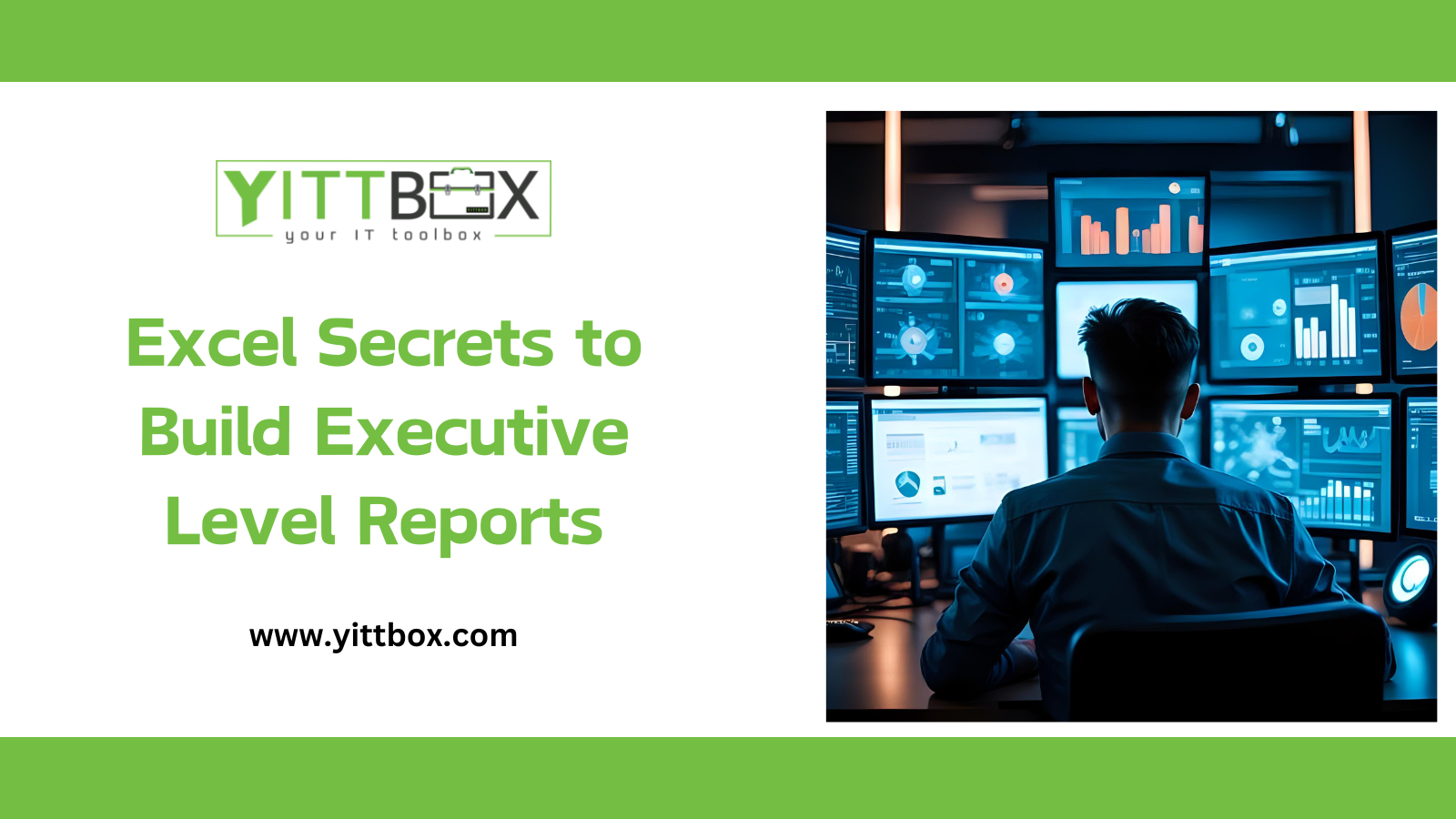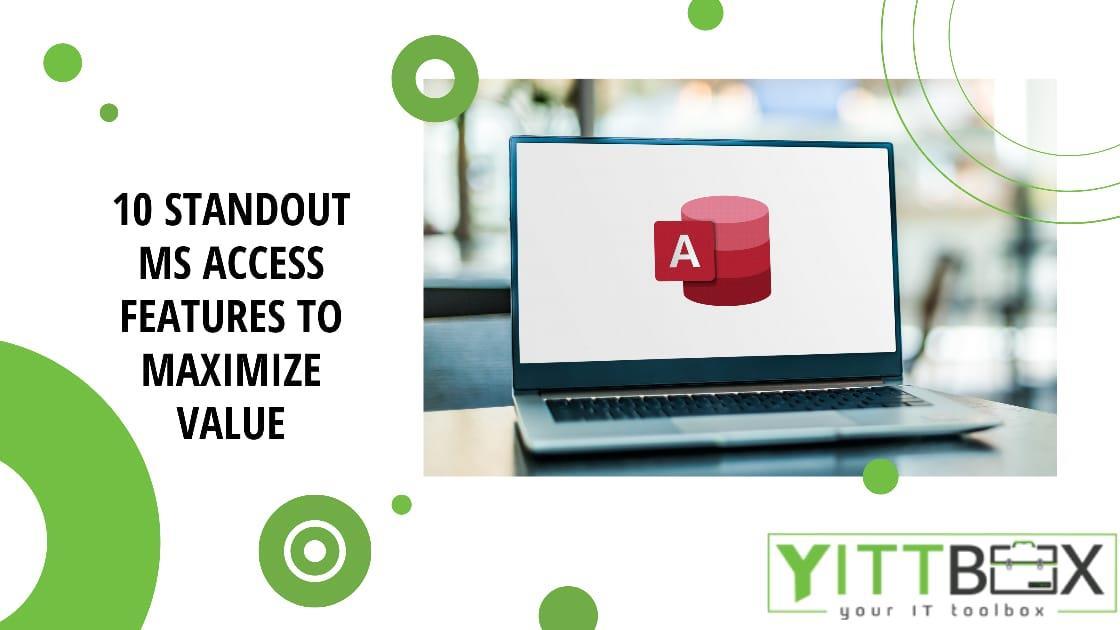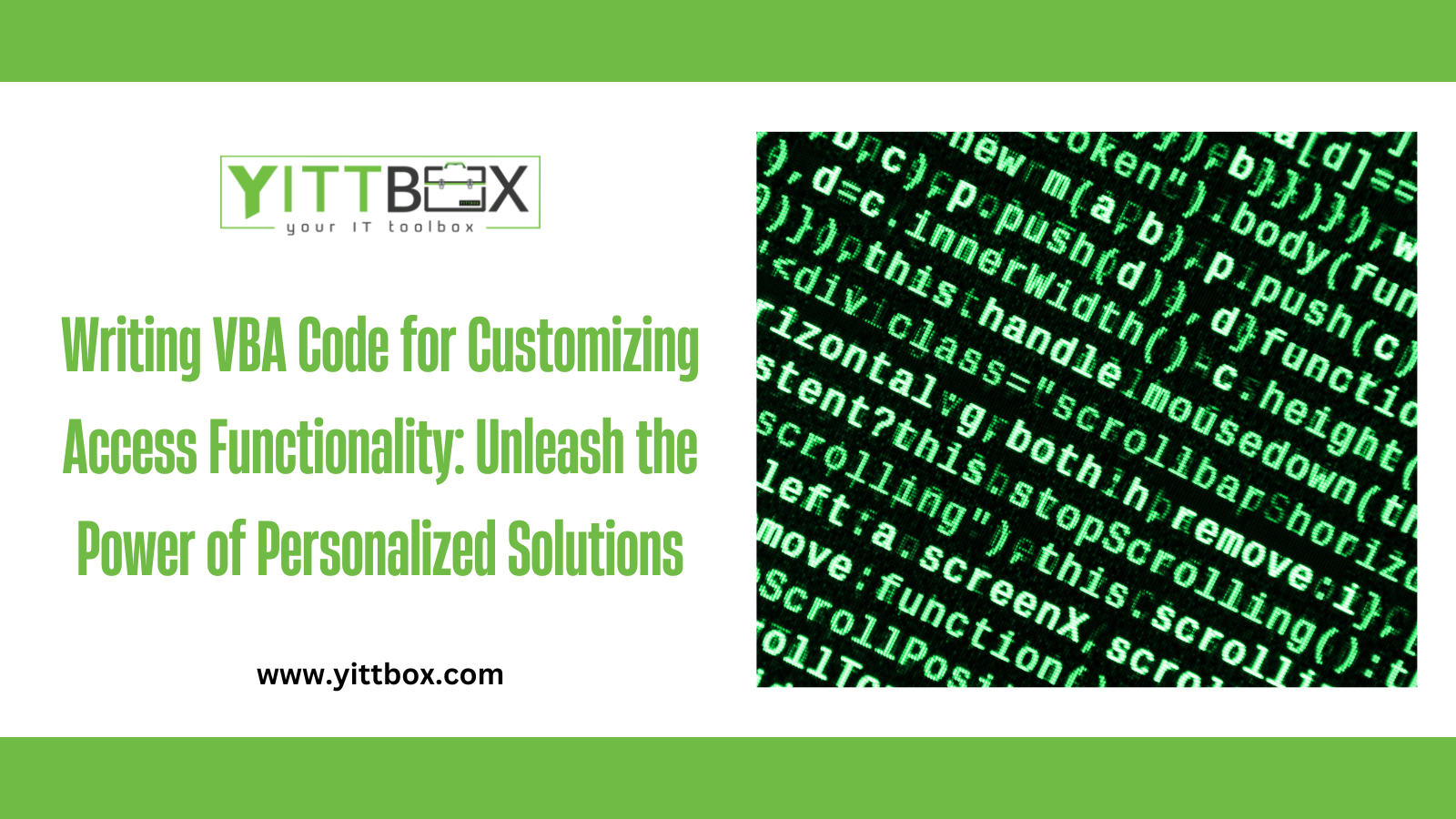Excel Secrets to Build Executive Level Reports
Let’s be real, no executive wants to dig through raw spreadsheets at 7 a.m. before a board meeting. They don’t want data. They want direction. A solid Excel dashboard gives them exactly that: fast, visual clarity on what’s working, what’s not, and what needs immediate attention. But not all dashboards are created equal. If yours just looks pretty but doesn’t move the needle, this post is for you. I’m breaking down how to build Excel dashboards that actually support top-level decisions, no buzzwords, just practical, high-impact advice.
Start with the End in Mind
Here’s the truth: if you’re starting with a blank sheet and “just seeing where it goes,” your dashboard’s already off-track. The first question you should ask isn’t “What charts do I want?”, it’s “What does leadership need to know right now?” Start with the outcome. Is it about hitting sales targets? Budget overruns? Missed deadlines? Your dashboard should be built backward from the decision it’s meant to guide. Everything else is just decoration.
Choose Metrics That Matter
Executives don’t want 30 KPIs. They want the 3 that matter most today. Get laser-focused on high-level metrics, things like net margin, YOY growth, customer acquisition cost, or project delivery rates. Think elevator pitch, not data dump. If a number doesn’t directly influence strategy or action, cut it from the main dashboard. You can always include deeper layers in a secondary view.

Design with Simplicity and Speed
Your dashboard should be so intuitive that a stranger could open it and understand what’s happening. Keep the layout clean, balanced, and consistent. Use colors sparingly, green for good, red for bad, neutral for everything else. Avoid chart overload and keep the eye moving naturally from the top left to bottom right. Executives don’t read, they scan. Build for speed.
Use the Right Visuals
Don’t get fancy, get functional. Line charts are perfect for trends. Bar charts are great for comparisons. Use KPIs or large number cards to highlight the “one thing” you want seen immediately. Pie charts? Maybe. Gauges? Rarely. The golden rule: if the viewer has to pause and figure out what a chart means, it doesn’t belong.
Automate and Refresh Like a Pro
No one has time to refresh data manually anymore, especially when decisions need to happen fast. Use Power Query to automate data imports. Set up PivotTables or Power Pivot for smooth performance. If you're pulling from systems like SharePoint, SQL, or cloud apps, enable auto-refresh. Your dashboard should update itself daily, or better yet, hourly, without you lifting a finger.
Make It Interactive (But Not Overwhelming)
A few smart filters can go a long way. Add slicers or dropdowns for executives to narrow data by date, region, or team, but don’t overdo it. This isn’t a sandbox; it’s a decision tool. Keep interactivity focused and intentional. The best dashboards offer just enough flexibility without creating decision fatigue.
Bonus: Embed Dynamic Commentary
Here’s the kicker, add commentary that speaks directly to what’s on the screen. Imagine a simple line of text that says: “Revenue is up 8% this quarter, driven by the West region.” It’s like adding a mini analyst to your dashboard. You can build this using Excel formulas that respond to data. It’s not magic, it’s just good storytelling.
Conclusion: Excel Is Still a Powerhouse, If You Use It Right
Don’t underestimate Excel. It may not be flashy like Power BI or Tableau, but it’s incredibly powerful when used right. A well-built Excel dashboard delivers real-time clarity without reinventing the wheel. It helps executives stop guessing and start acting. You don’t need expensive software to get results, you just need purpose, precision, and a little spreadsheet skill. And that’s something any smart team can build.







